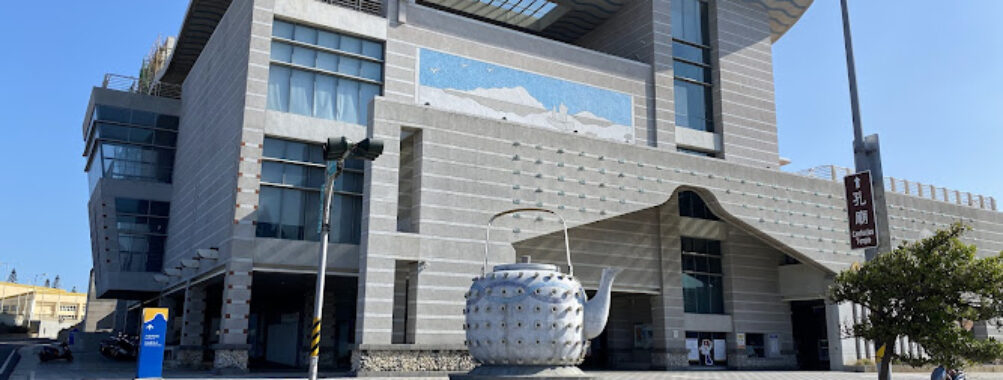
Penghu Living Museum
Table of Contents
Description
Look, I gotta tell you – the Penghu Living Museum isn’t your typical stuffy museum experience. Having spent an afternoon exploring this fascinating spot myself, I can say it’s more like stepping into a time capsule that brings the rich island heritage of Penghu to life. The star of the show? A meticulously crafted scale model of a traditional Penghu temple that’ll make your jaw drop with its attention to detail.
What really grabbed me was how the museum manages to weave together the stories of everyday island folk through carefully curated artifacts. From ancient fishing tools to household items that paint a picture of daily life from decades past, every exhibit feels like it has a tale to tell. The way they’ve organized everything makes it super easy to follow the historical thread of these resilient islanders.
Key Features
• Stunning scale model of a traditional Penghu temple that showcases incredible architectural details
• Comprehensive collection of fishing implements and maritime artifacts that tell the story of Penghu’s seafaring heritage
• Interactive cultural exhibits that let you get hands-on with island traditions
• Beautifully preserved everyday objects from different periods of Penghu’s history
• Educational displays explaining the unique geological formation of the Penghu archipelago
• Traditional craft demonstrations during peak seasons
• Gallery showcasing historical photographs of island life
• Climate-controlled exhibition spaces that protect delicate artifacts
Best Time to Visit
Take it from someone who’s been there in different seasons – timing your visit right can make a huge difference. Spring (March to May) is absolutely perfect, with comfortable temperatures and smaller crowds. I’d definitely suggest avoiding the scorching summer months of July and August when tourists pack the place.
Another pro tip? Try to get there right when they open around 9 AM. That’s when the lighting is best for photos, and you’ll have more space to really soak in the exhibits without feeling rushed. Plus, the morning light streaming through the windows creates this amazing atmosphere that makes the historical displays even more impressive.
How to Get There
Getting to the museum is pretty straightforward once you’re on Penghu. If you’re coming from Magong City (which you probably are), you can catch one of the regular buses that stop nearby. But honestly? I found renting a scooter to be the way to go – it gives you the freedom to explore at your own pace and the museum has plenty of free parking.
If you’re not comfortable with two wheels, taxis are readily available and most drivers know exactly where the museum is. Just make sure to either have the name written in Chinese or show them a picture, and you’ll be golden.
Tips for Visiting
Alright, here’s the inside scoop based on my visits. First up, plan to spend at least 2-3 hours here – trust me, you’ll want the time to really dig into the exhibits. And y’know what? The lighting can be tricky for photos in some areas, so if you’re big on photography, bring a camera that handles low light well.
Pack some water – the museum can get warm during peak hours. Oh, and while they’ve got great wheelchair accessibility (which is awesome), some of the older sections have slightly uneven flooring, so watch your step.
The museum is super kid-friendly, with plenty of interactive elements to keep little ones engaged. But here’s a secret – they sometimes have special cultural demonstrations on weekends. Call ahead to check the schedule if you’re interested in catching one of these.
One last thing – don’t skip the scale model temple exhibit. Seriously. I almost rushed past it my first time, but it ended up being the highlight of my visit. The craftsmanship is just incredible, and the stories behind its construction are fascinating.
Remember to hit up the gift shop before leaving – they’ve got some unique locally-made crafts that make perfect souvenirs. Just keep in mind they don’t take credit cards, so bring cash. And if you’re into photography, morning light tends to be best for capturing the outdoor exhibits.
Location
Places to Stay Near Penghu Living Museum
Find and Book a Tour
Explore More Travel Guides
No reviews found! Be the first to review!